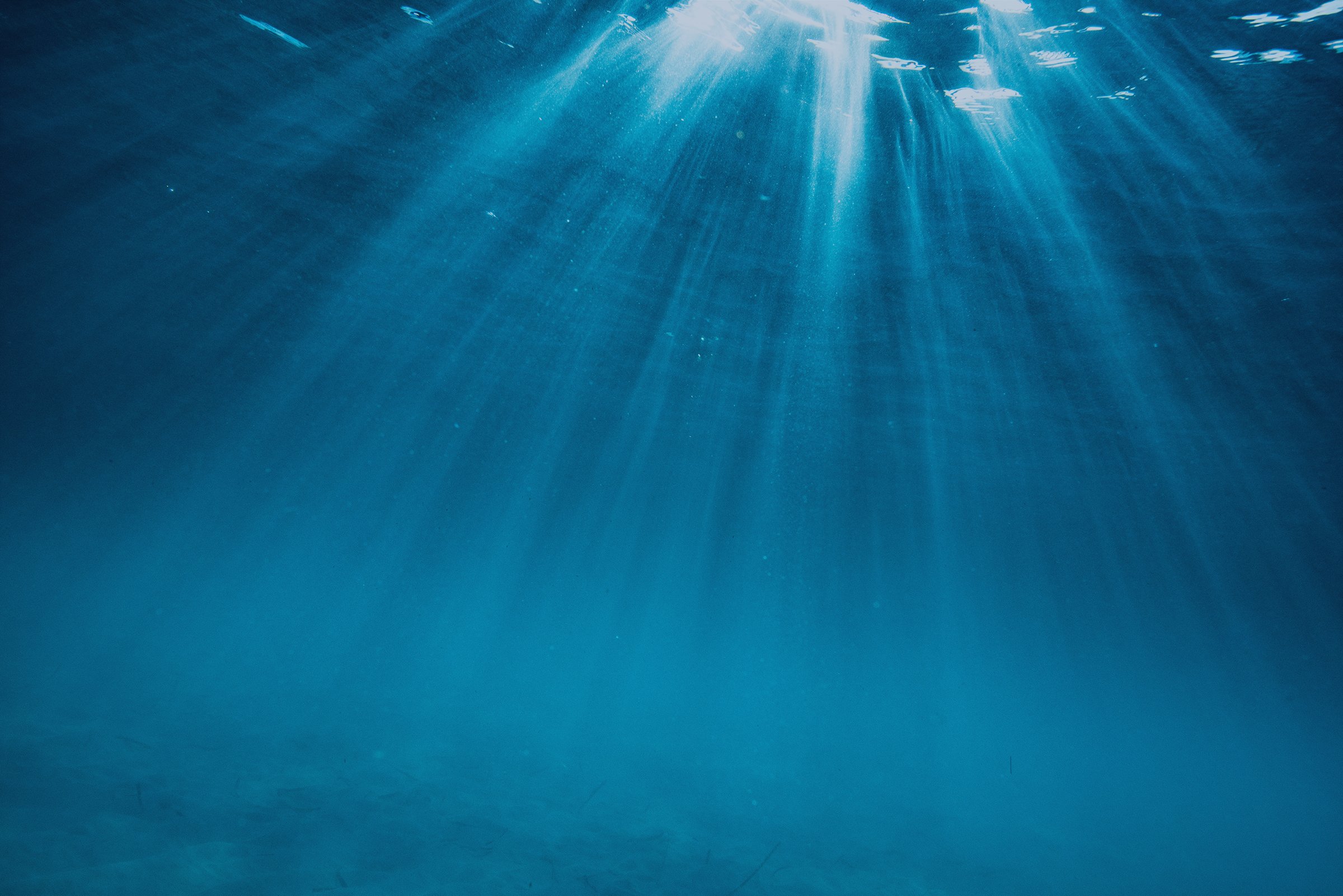
Water Column

Where to find Brook Trout
Brook trout require cold, well oxygenated water. Although we won’t give up our favorite fishing spots, we will share more about this iconic northeastern species that is found here in the Adirondacks.

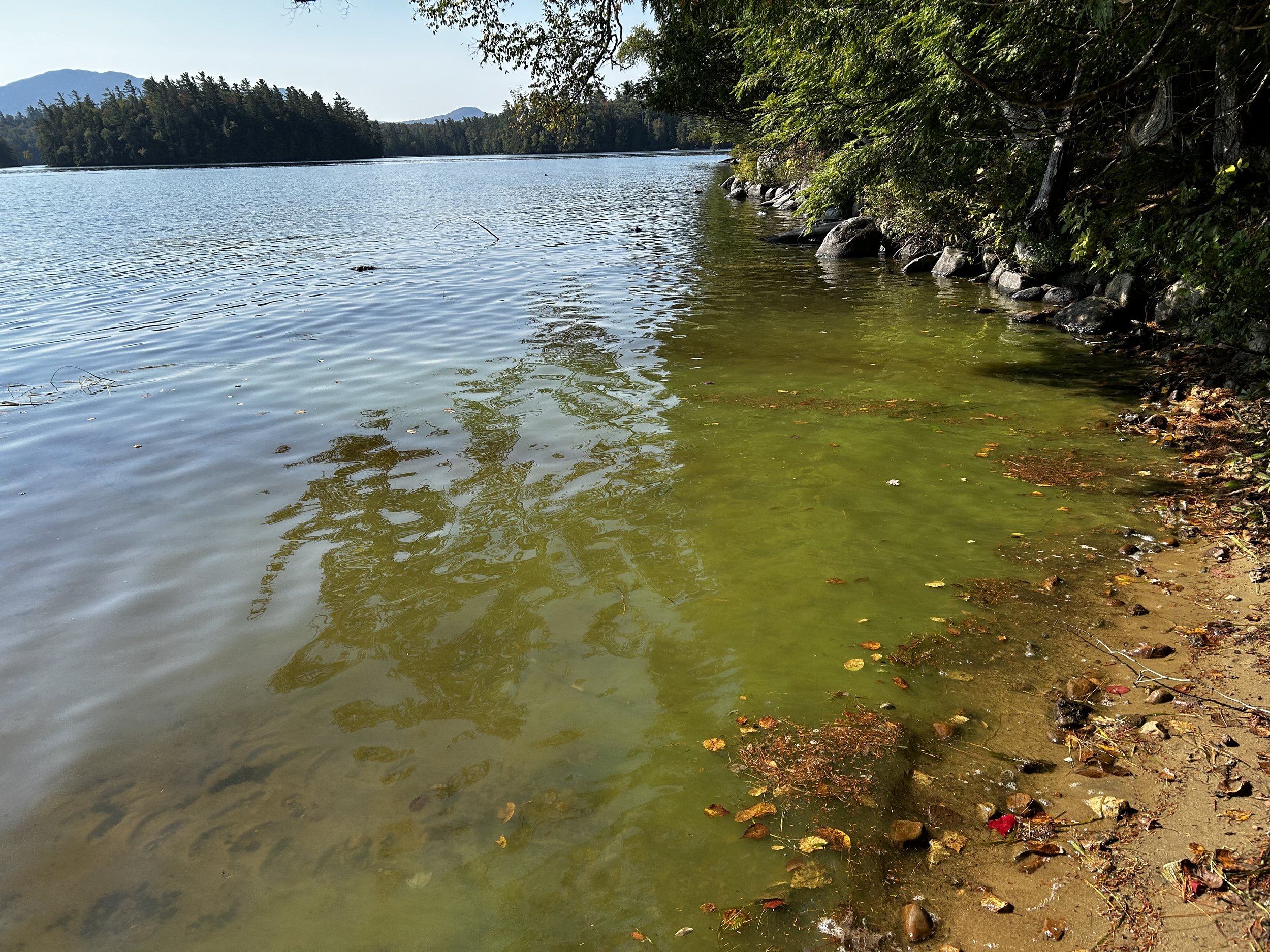
Harmful Algal Blooms 101
Harmful Algal Blooms in the Adirondacks typically develop under sunny, warm weather conditions with low wind activity. Warm temperatures and sunlight increase growth rates, and calm conditions allow the cyanobacteria to rise and congregate at the surface without being mixed into the water column by wind and wave energy. When these factors combine with sufficient nutrient levels, they create the perfect environment for blooms to occur.
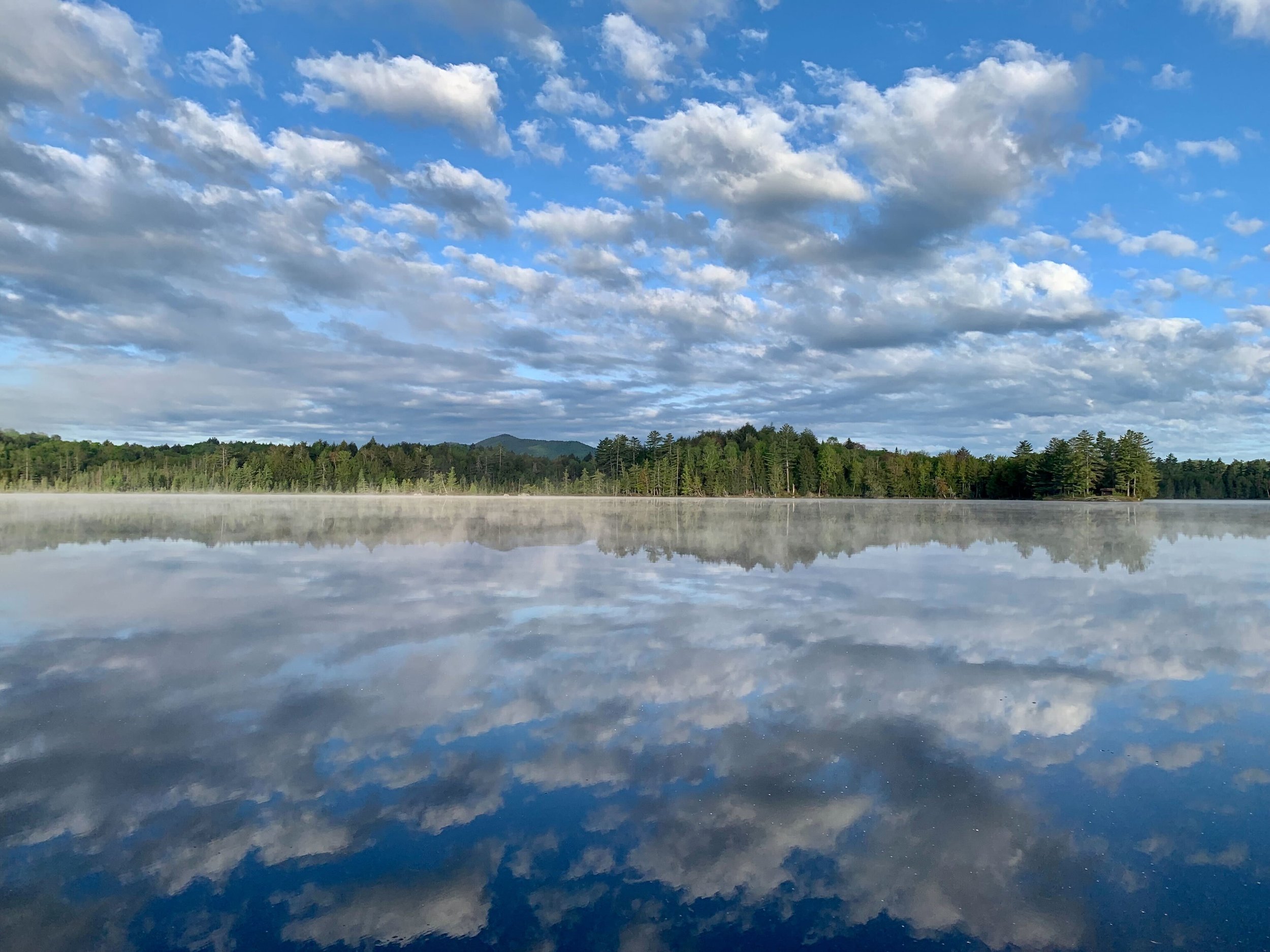
Nitrogen in Our Watersheds
In the Adirondacks, nitrogen has historically entered Adirondack lakes and ponds through acid deposition, otherwise known as acid rain. Acid rain primarily occurred when large scale industry in the midwestern United States released excessive amounts of sulfur dioxide (SO₂) and nitrogen oxides (NOₓ) as a byproduct of production.

What is a Secchi Disk?
If you’re familiar with oceanography or limnology, perhaps you’ve heard of a Secchi Disk. Otherwise you’re probably imagining something like a CD or frisbee, and you wouldn’t be too far off. A Secchi is a flat, weighted, disk like instrument, lowered on a tether to measure light penetration and transparency, a proxy for turbidity, in bodies of water.

Adirondack Lake Ice Observation Network
Lake ice is essential to Adirondack culture. On any given day when lakes are frozen over, you can see anglers, ice skaters, snow mobilers, and more covering the frozen lakes. It is also hard to imagine having winter without the Saranac Lake Winter Carnival. None of this is possible without lake ice.
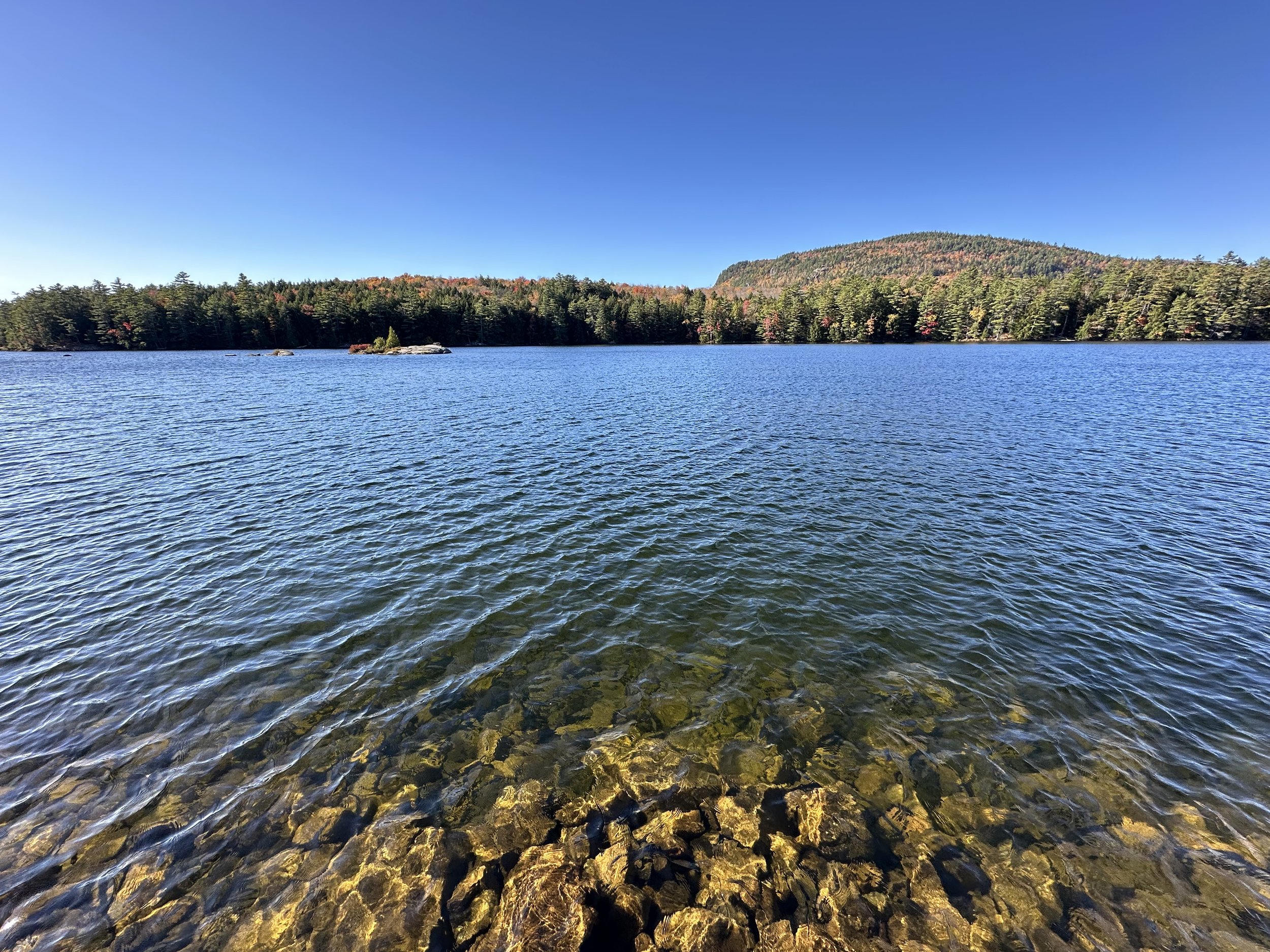
What is Phosphorus?
Phosphorus is a naturally occurring nutrient that is essential for plant growth. It is found in soils, human and animal waste, lawn fertilizers, and living organisms, among other sources. It is important to monitor for phosphorus levels, as it can be a key indicator of the health of our waterbodies.
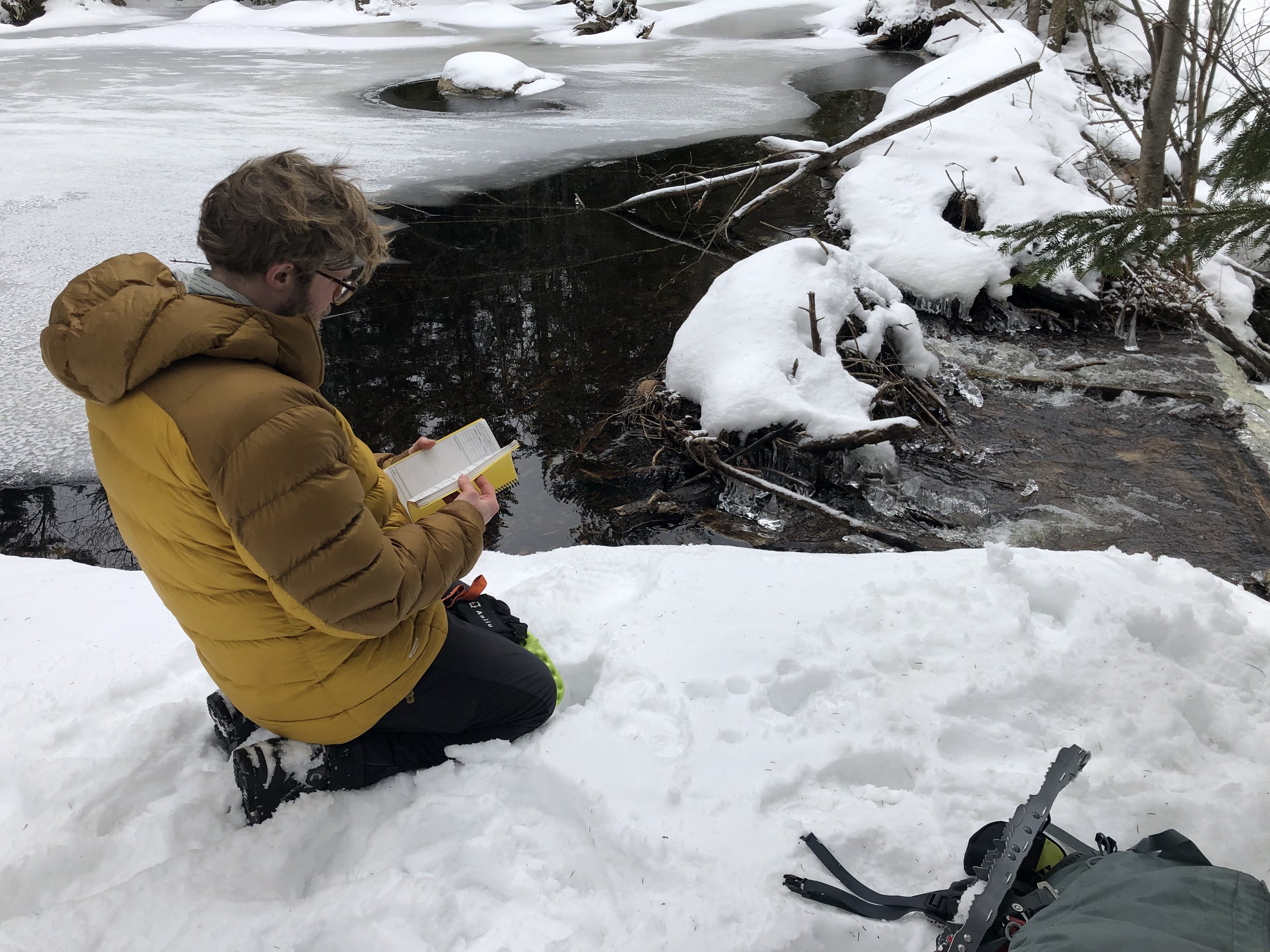
All in a Day’s Work
Read along as Bobby Clark, AWI Field Technician II takes us along for a sampling trip to a remote site in the Adirondacks.
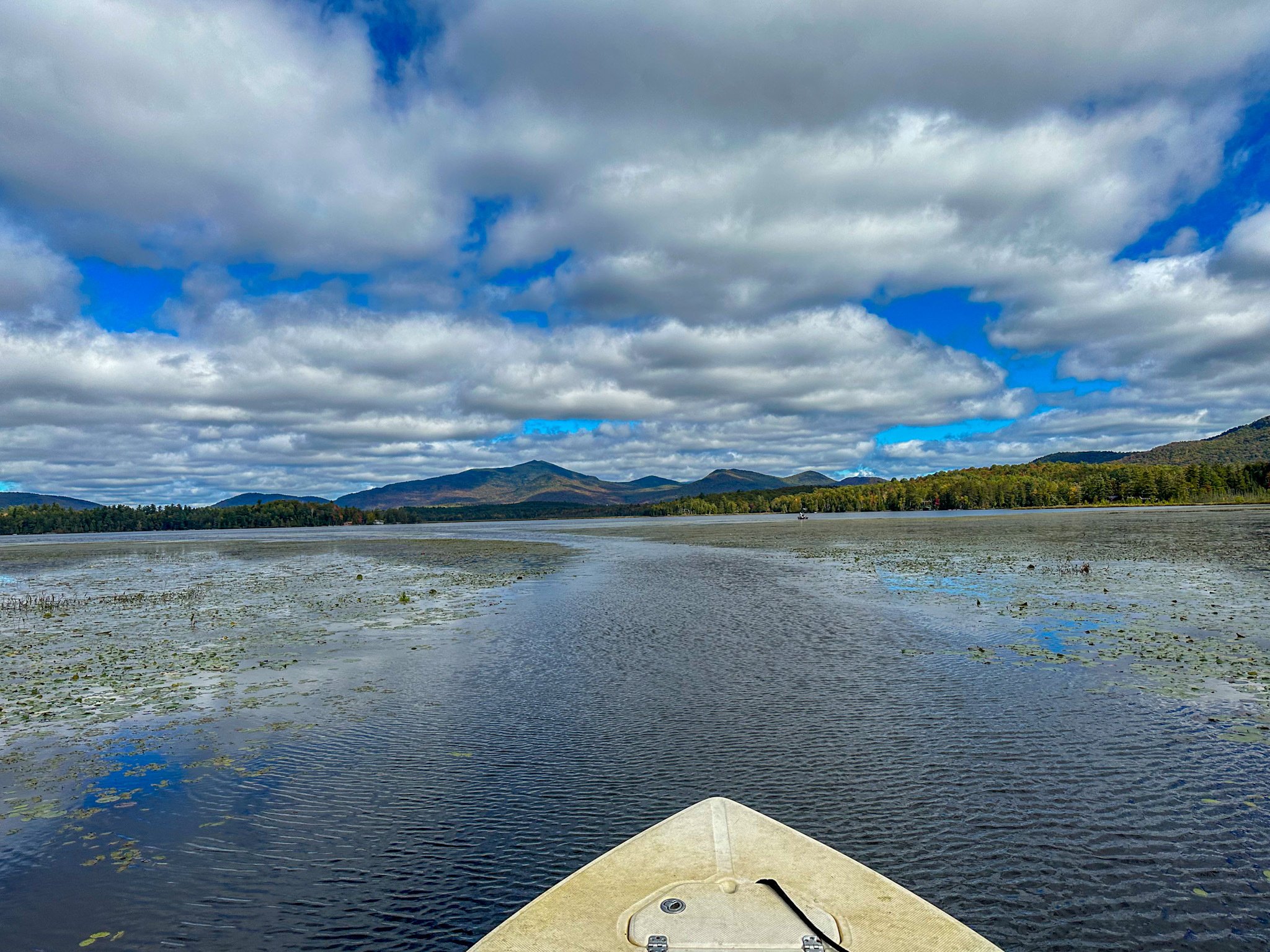
What are the costs of invasive species to properties?
Preventing the spread of invasive species may seem like a moral and ethical requirement for some lake users. However, the financial benefits make it not only the right thing to do, but also the least expensive. It costs a lot less to prevent the spread of aquatic invasive species than it does to manage them once they’re established.
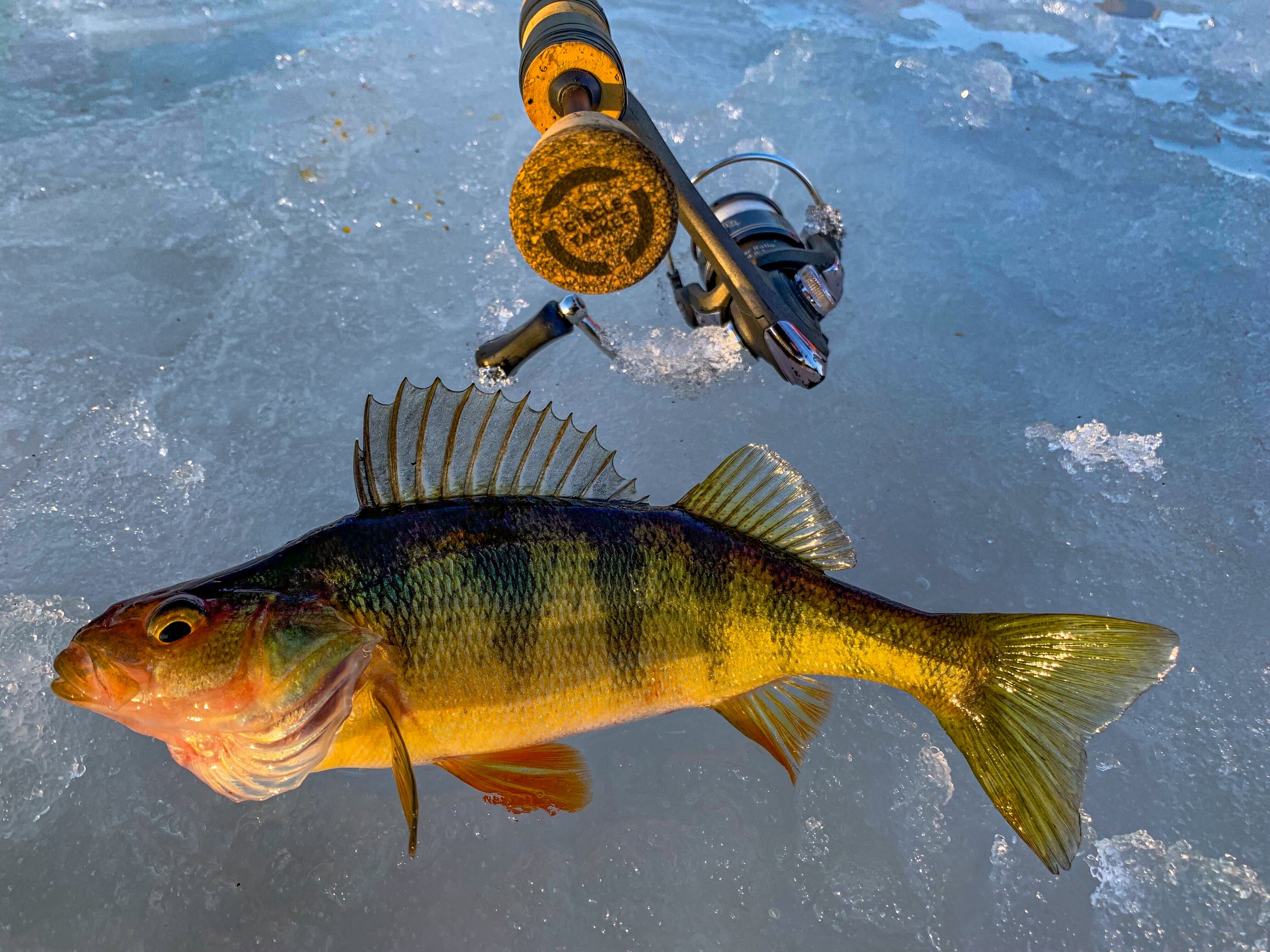
What happens to fish in the winter?
Fish inhabit Adirondack lakes and ponds year-round, with some of the best fishing opportunities occurring during the winter months. To understand fish behavior in winter, we must first consider the water conditions.
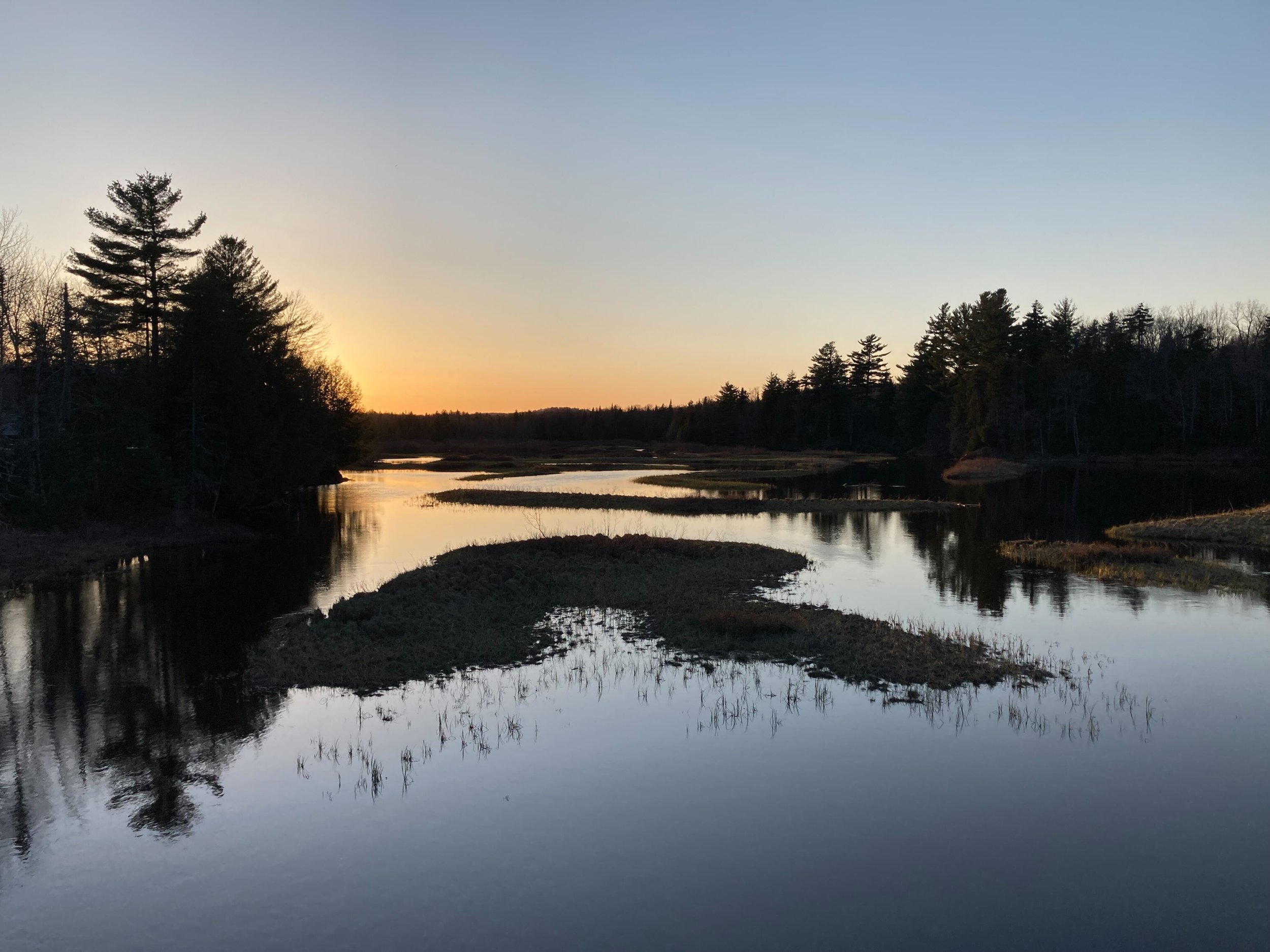
Shoo, Black Fly, Don’t Bother Me!
If you have spent a summer in the northeast, you are familiar with the black fly. The dreaded black fly season is noted as the “official” start of the summer in the Adirondacks. These gnat-like insects first emerge around Mother’s Day, and (hopefully) dwindle down around Father’s day.
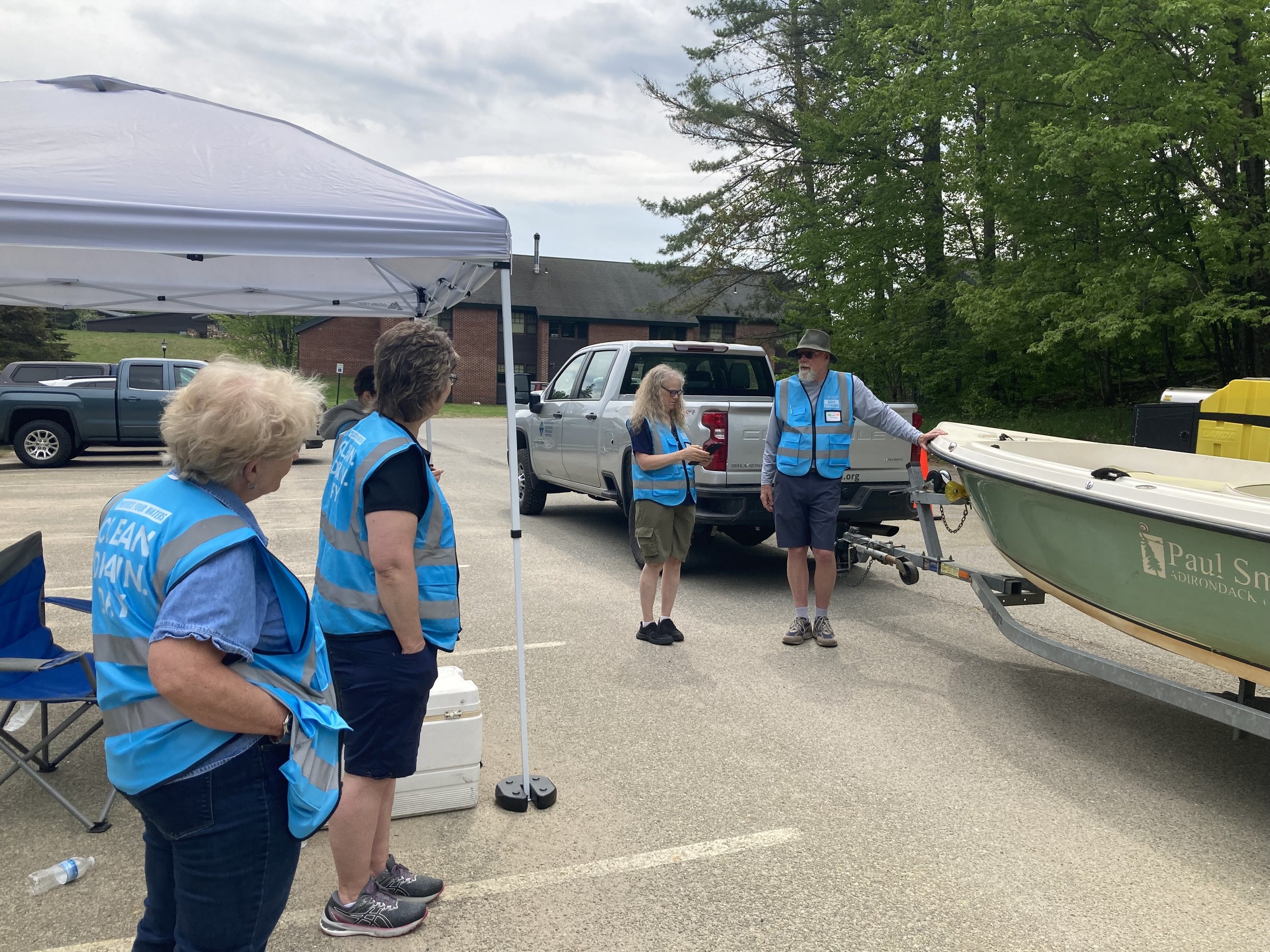
Puddle Jumpers #4 - Kevin Kennedy
Join us for the 4th episode of Puddle Jumpers, where we celebrate Kevin Kennedy’s 10th year working with AWI in our stewardship program.
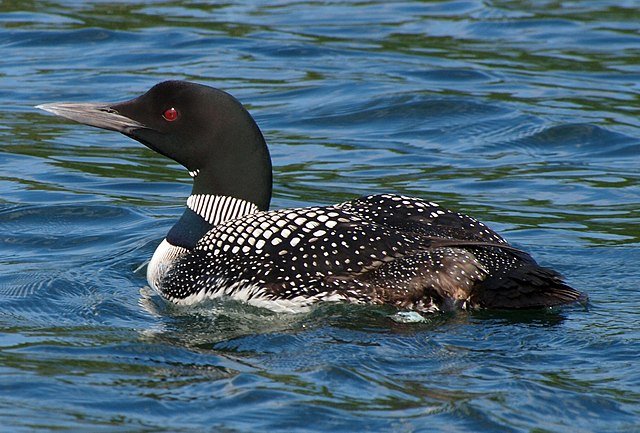
Common Birds of the Launch
Spring has finally sprung in the Adirondacks, and the air is once again filling with the sound of birdsong. While birds migrate back north and prepare their nests, we eagerly ready our boats and gear for another season out on the tranquil waters.
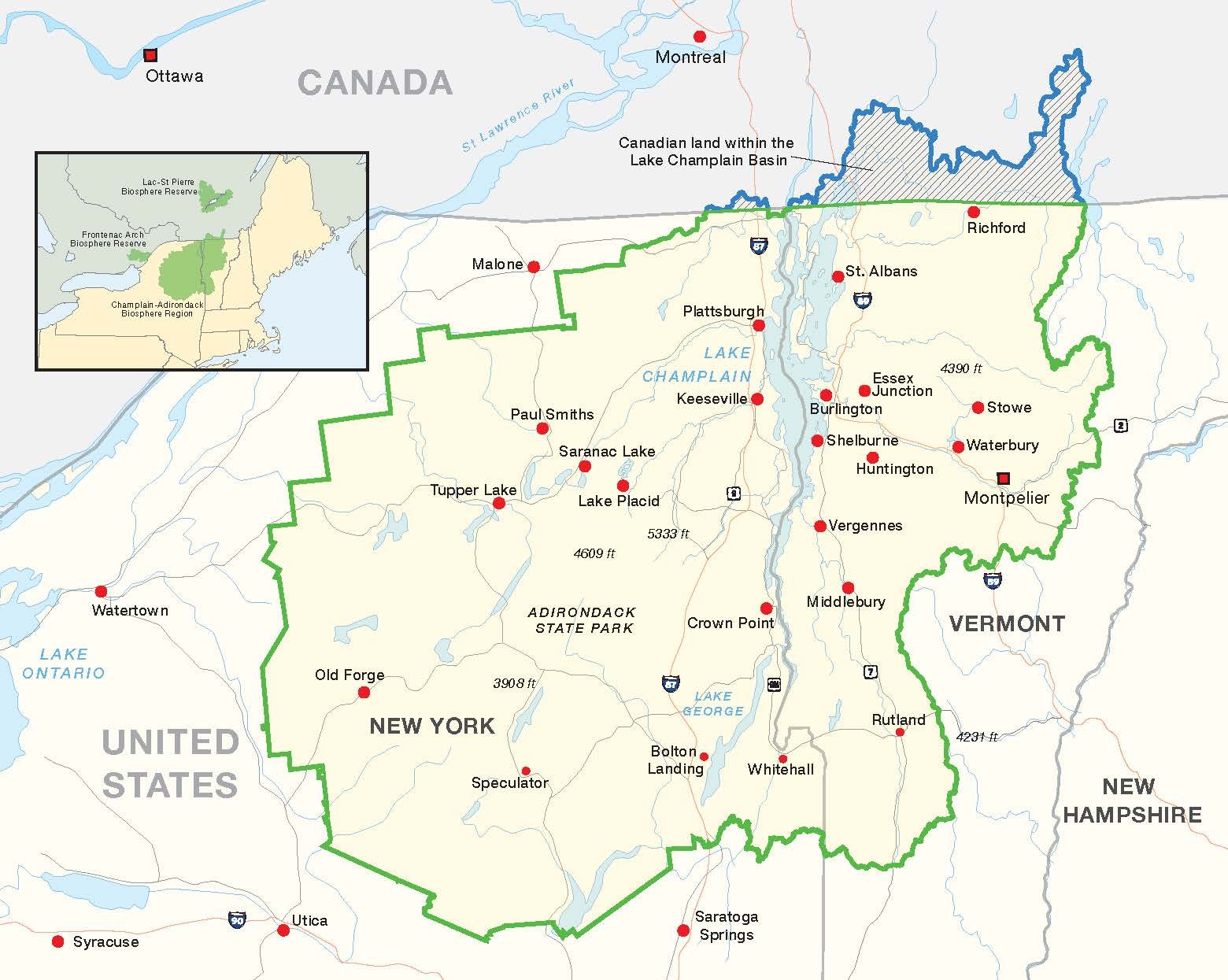
What is a Biosphere?
Biosphere reserves represent the intricate web of life on Earth, encompassing areas where diverse ecosystems thrive, including plant and animal life alongside human communities. Recognizing the importance of these regions, the United Nations Educational, Scientific, and Cultural Organization (UNESCO) has designated numerous biosphere reserves worldwide, each contributing to the understanding of the delicate balance between nature and society.
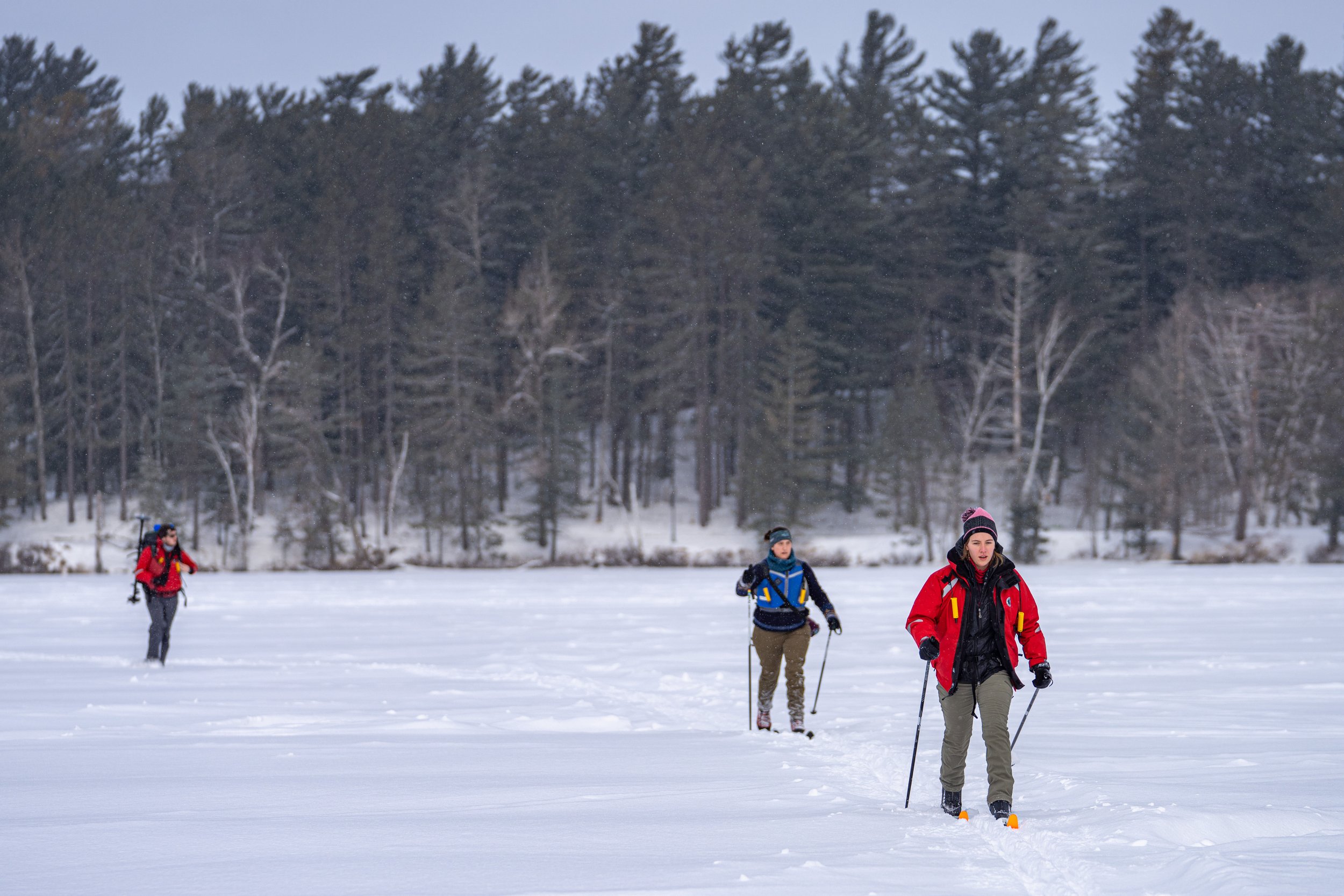
Staying Safe on Adirondack Ice
Engaging in activities on lake ice can create lasting memories and provide immense enjoyment, turning into a rewarding experience when approached with safety as the top priority. Recognizing the importance of safeguarding yourself, your equipment, and others becomes increasingly crucial as our winters undergo transformative changes as a result of climate change.
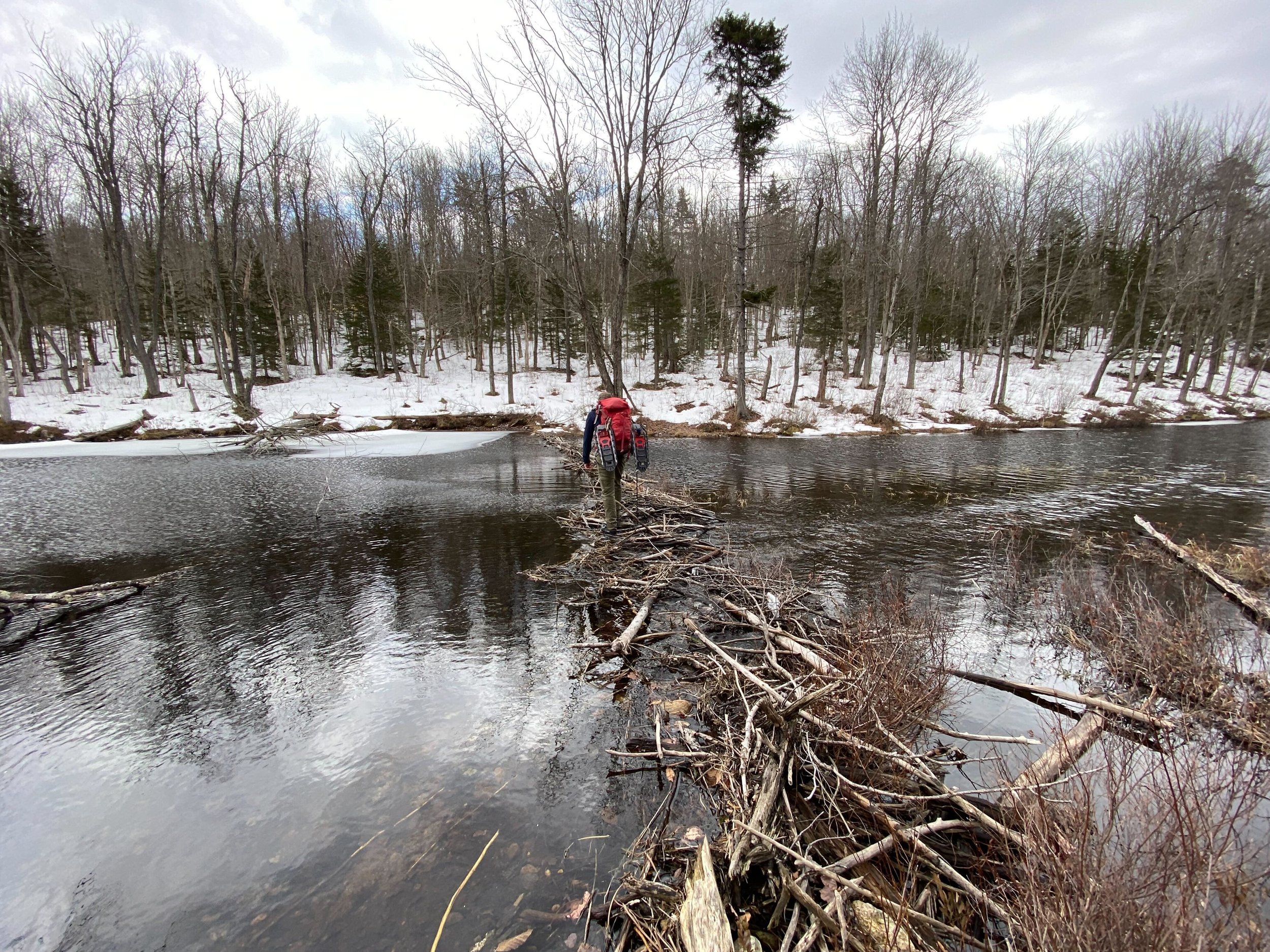
A Research Tech’s Perspective, Pt.3
Read about the history of some of the lakes we sample and Per Diem Research Technician Bobby Clark’s experiences of sampling for the Adirondack Long Term Monitoring Program. Part 3 of 3
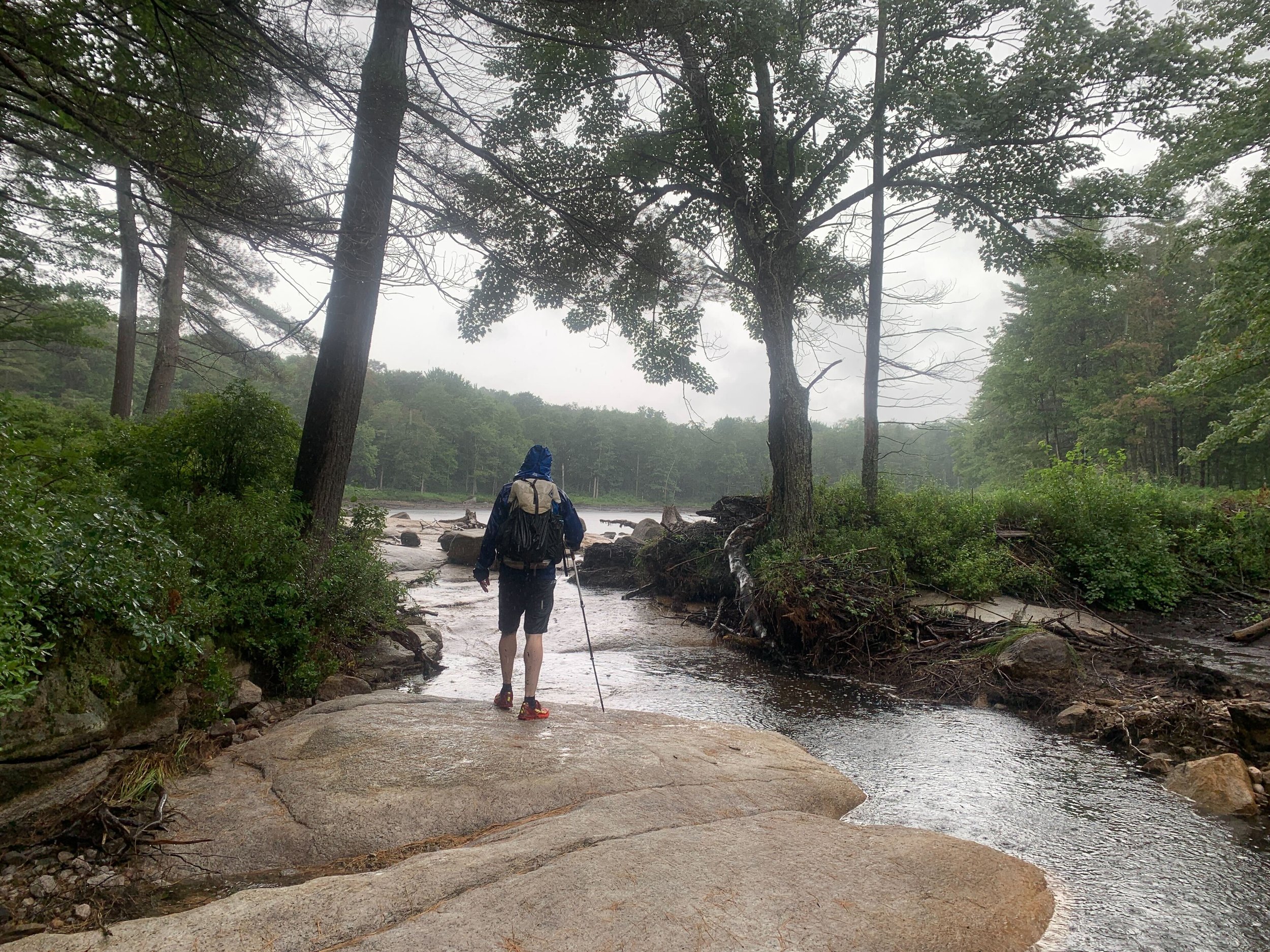
A Research Tech’s Perspective, Pt. 2
The Adirondack Long Term Monitoring (ALTM) Program samples the same 58 bodies of water, 15 of them annually and the other 43 five months of the year: February, April, May, July and September. Read about Per Diem Research Technician Bobby Clark’s experiences of sampling for the Adirondack Long Term Monitoring Program throughout the seasons. Part 2 of 3
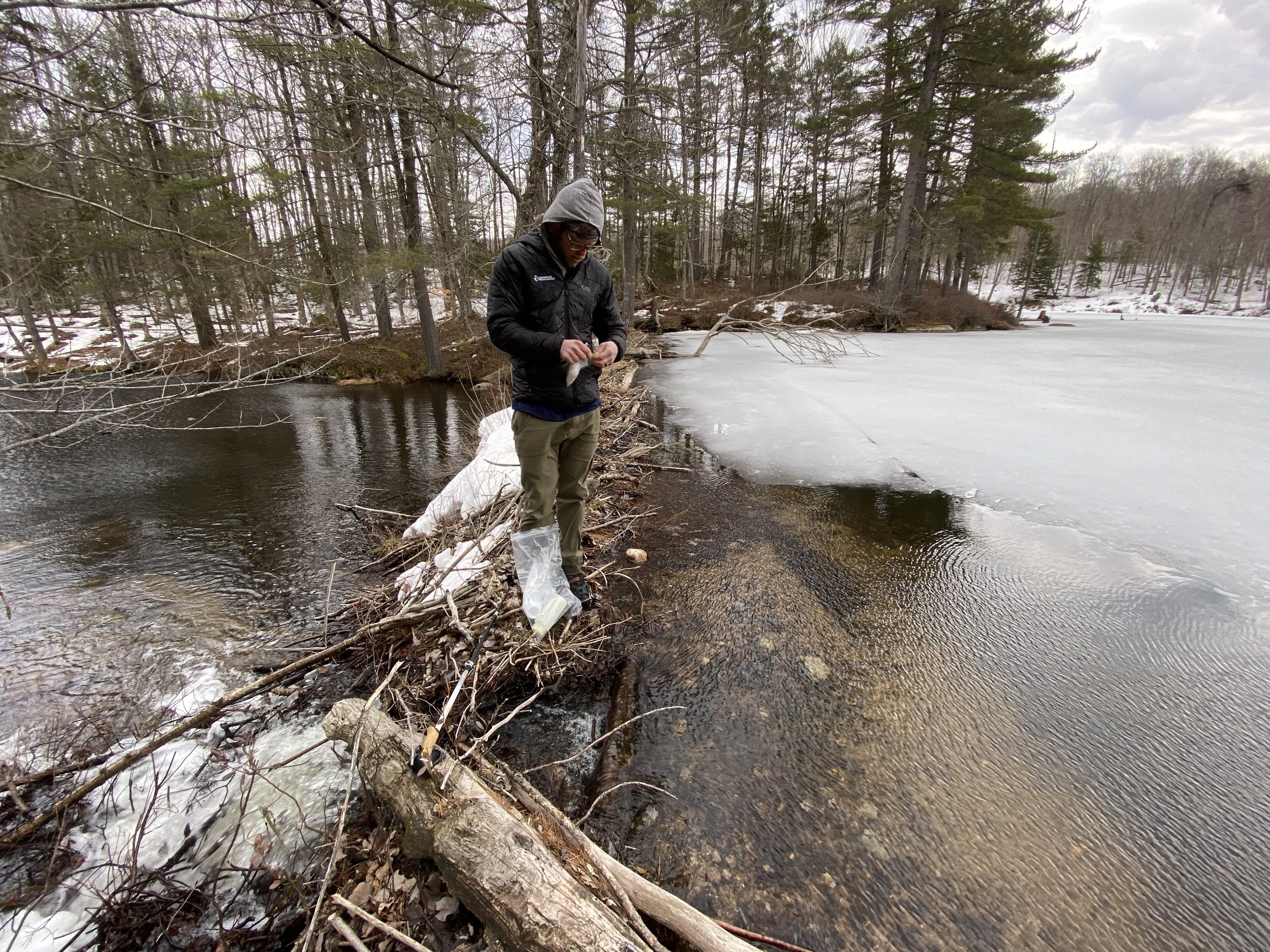
A Research Tech’s Perspective, Pt.1
Read about Per Diem Research Technician Bobby Clark’s experiences of sampling for the Adirondack Long Term Monitoring Program. Part 1 of 3

What is Stewardship?
Stewardship recognizes the interconnectedness of our actions and the impact they have on the community and world. It is also important to acknowledge that not everyone has the resources to enact significant changes, however small acts matter and make a difference.
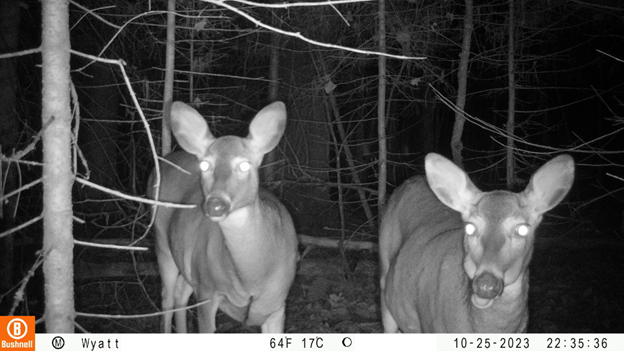
How To Use Camera Traps
Camera trapping involves the use of remotely triggered cameras to capture imagery, usually of wildlife. Cameras – once the old-fashioned film kind, now all digital – are placed in any location where you may wish to learn about what’s happening in your absence.
